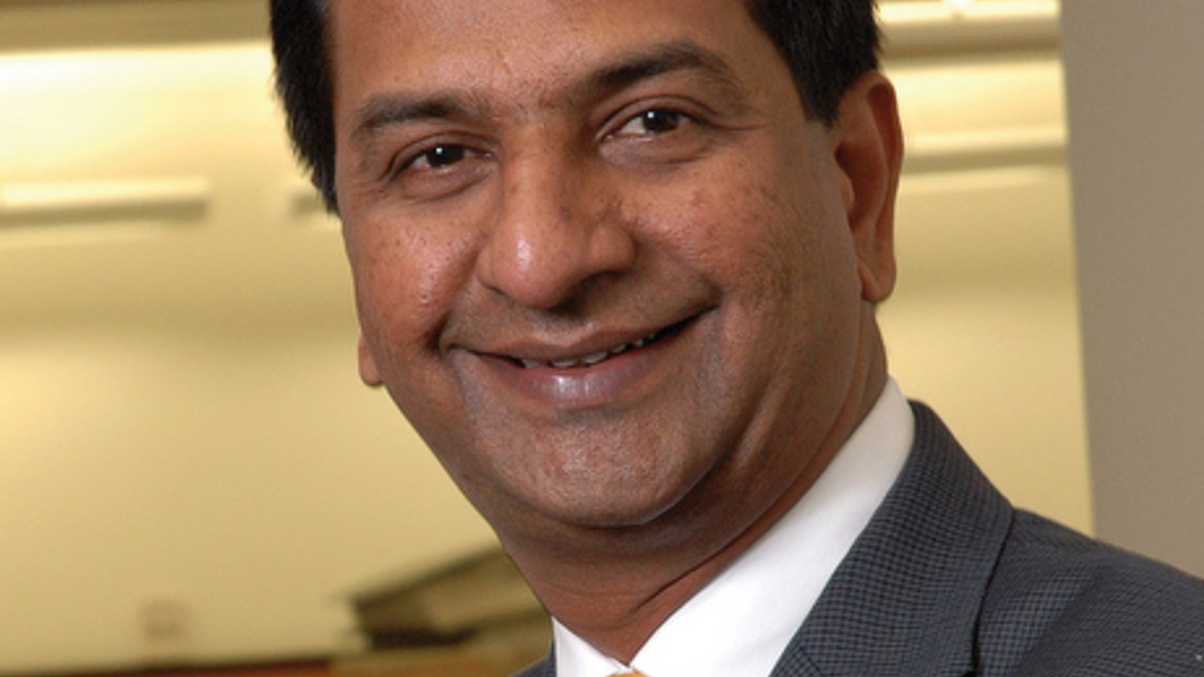India’s Sebi responds to fund manager frustrations
In a detailed Q&A, Sebi’s executive director KN Vaidyanathan defends the regulator’s record and discusses his vision for the future growth of the industry.

Armed with a box file of fund manager gripes, AsianInvestor travelled to Mumbai to meet Sebi’s executive director Kavasseri Narayanan Vaidyanathan, who ran a mutual fund for seven years at Morgan Stanley prior to taking up his role in June 2009.
Sign In to Your Account
Access Exclusive AsianInvestor Content!
Please sign in to your subscription to unlock full access to our premium AI resources.
Free Registration & 7-Day Trial
Register now to enjoy a 7-day free trial—no registration fees required. Click the link to get started.
Note: This free trial is a one-time offer.
¬ Haymarket Media Limited. All rights reserved.


